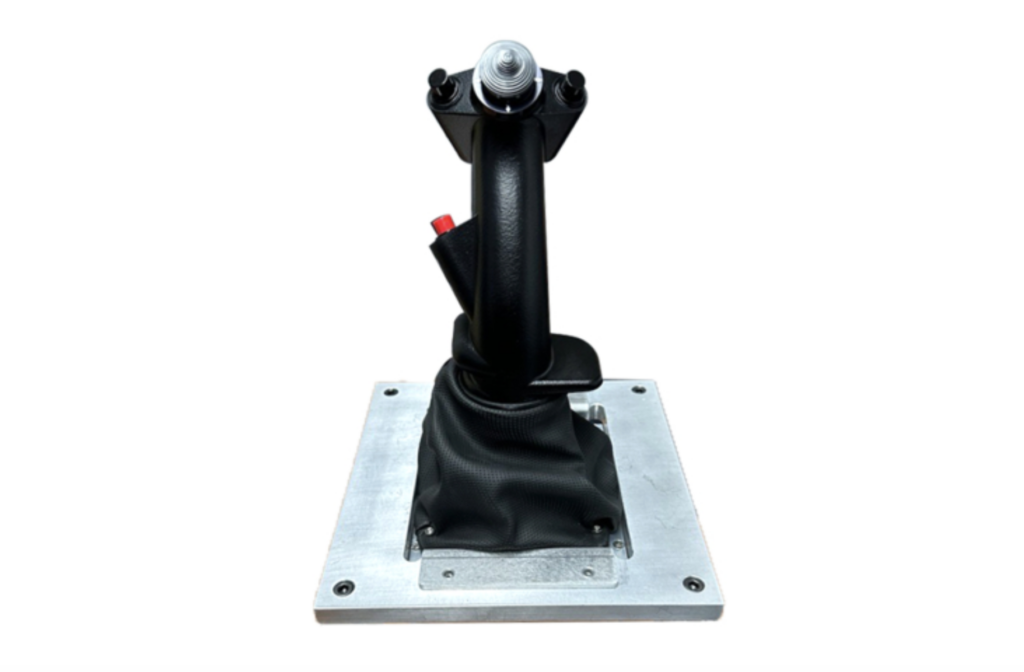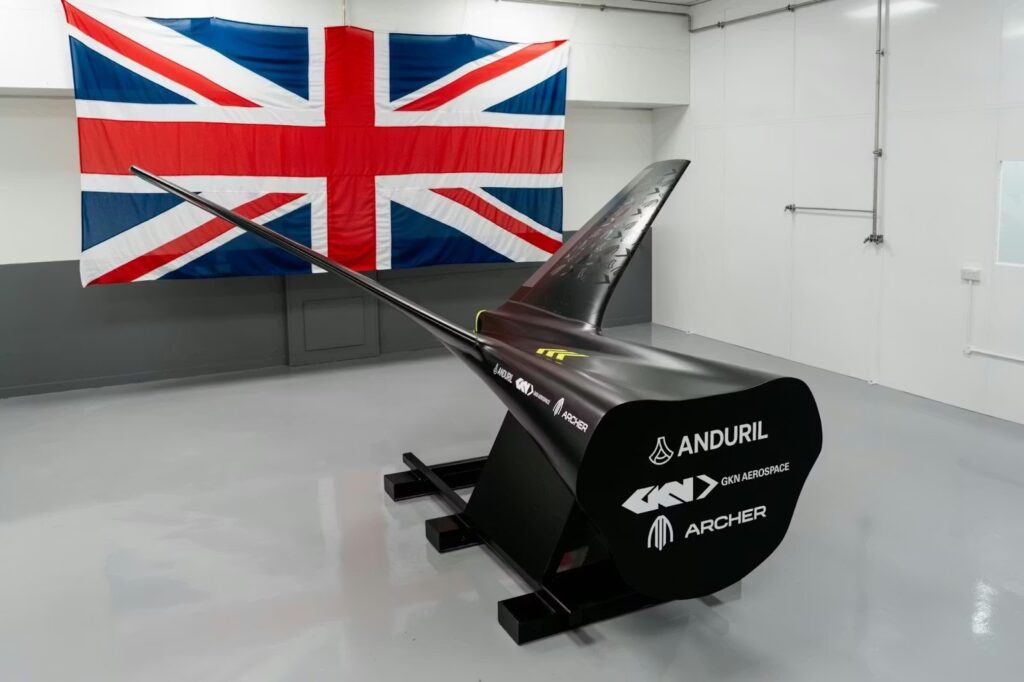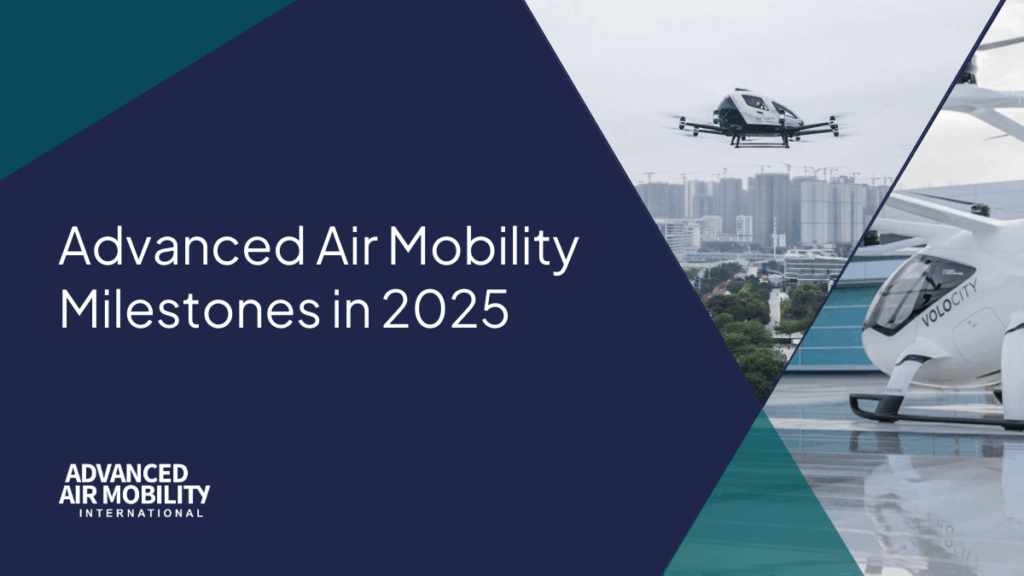
Sensata Technologies will showcase the Digital Inceptor, at the NBAA-BACE conference in Las Vegas, Nevada, from October 22-24, 2024.
As Advanced Air Mobility evolves, the demand for lightweight, reliable pilot controls increases. Sensata leveraged its micro-RVDT technology and a modular design to create, what is said to be, the lightest passive inceptor on the market.
Sensata’s Digital Inceptor features a compact design that integrates seamlessly into aircraft structures, offering single-axis to four-axis control. Its weight-optimized, three-axis models weigh less than 3.175kg (7 pounds) and includes single-point of failure mitigation features for enhanced reliability.
Prem Trivedi, Director of Aerospace Engineering at Sensata, said; “eVTOL operation optimization relies heavily on weight reduction to conserve power during all phases of flight that results in increased range.
“Our Digital Inceptor delivers advantages to overall system weight compared to traditional analog inceptors. Utilizing Controller Area Network (CAN) bus architecture, our Inceptor provides significant reduction in wire count which lends to reduced cable harness weight within the aircraft, helping to optimize the energy demands from the eVTOL battery system. Further weight savings and system complexity reductions are also realized with the Interfacing Flight Control Computers, since they no longer need to include circuitry that is typically required to interface with an analog inceptor.”
The design incorporates redundant load paths and jam-resistant features across all axes, ensuring safe operation at both the sensor and mechanism levels. With flexible signal outputs available in either analog or digital formats, the Inceptor also includes precise, high-reliability RVDT sensors for non-contact position sensing with fault tolerance.
Additionally, it offers options for redundant sensors with three channels or upgrades to quad-redundant sensors per axis. The product’s signal conditioning electronics offer direct analog outputs or the customer’s preferred digital protocol—whether ARINC 825 CAN bus, ARINC 429, SPI, UART, or others. The component architecture is designed for maximum flexibility, allowing customer-specific variations, and enabling the production of a wide range of products in a short time.
Sensata’s Digital Inceptor has successfully completed rigorous RTCA/DO-160 EMI testing, including Lightning Induced Transient Susceptibility, RF Susceptibility, RF Emissions, and Power Input, and has demonstrated the robustness required to comply with aerospace standards. The design architecture has been developed to withstand the rigor at the highest design assurance levels per RTCA/DO-178C to ensure the flight control systems are able to operate safely and reliably.
Stuart Parker, Aerospace General Manager at Sensata, added; “With the introduction of digital conditioning electronics and software, Sensata has expanded its ability to seamlessly integrate the Digital Inceptor into its cockpit control portfolio. “We are committed to shaping the future of advanced air mobility and believe the weight and complexity reductions achieved through digital applications will be increasingly important to facilitate electrification adoption in aerospace and beyond.”










